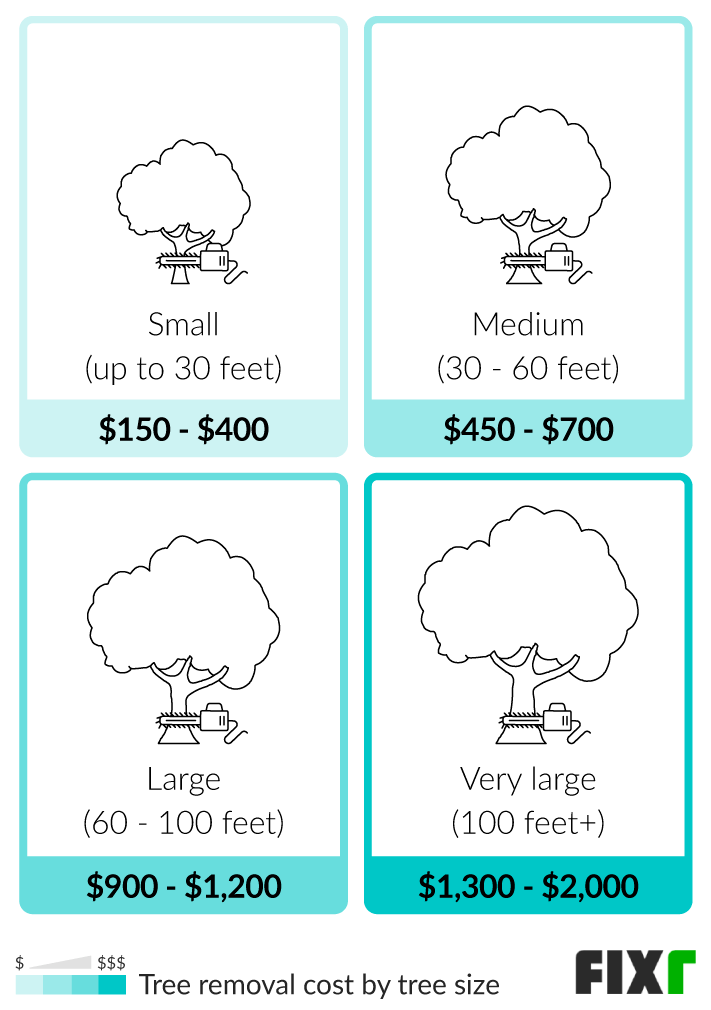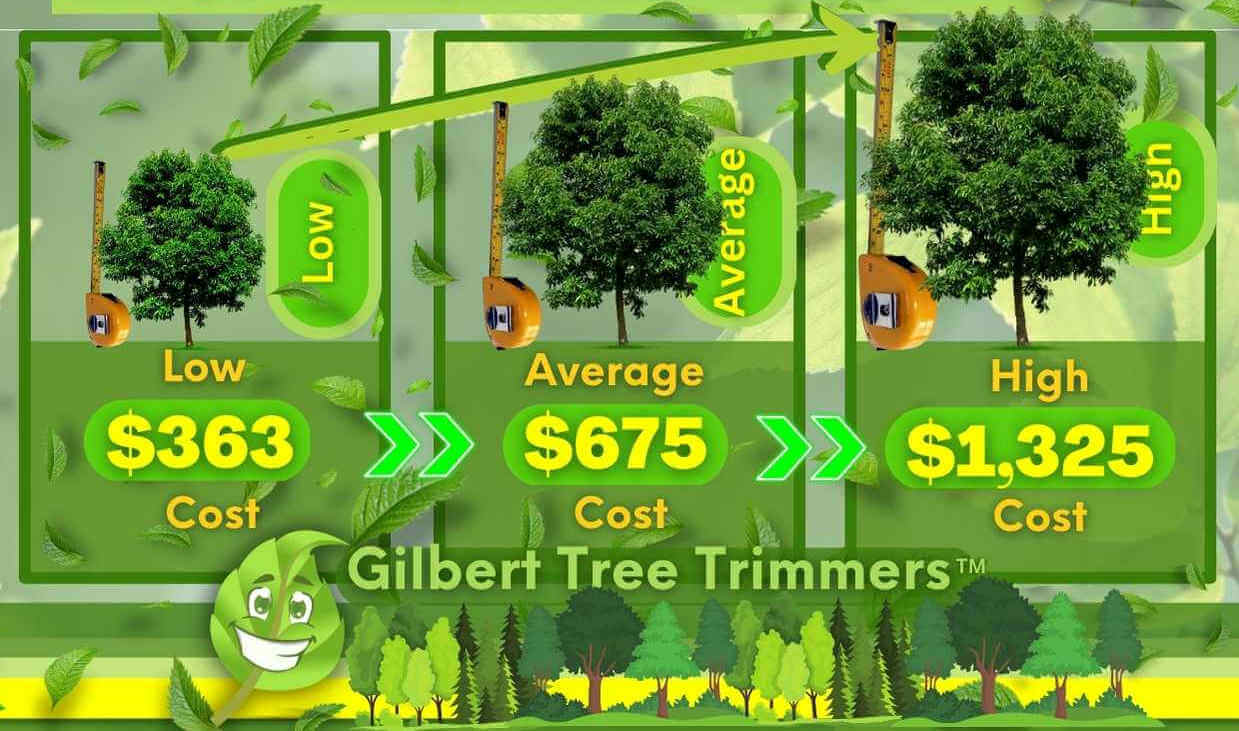Featured
Table of Contents
- – Nipomo, CA Tree Clearing: How Much To Expect
- – What Locals Pay For Stump Grinding In Nipomo, CA
- – Household Tree Trimming Costs In Nipomo, CA
- – Extended Stump Removal Service Plans In Nipom...
- – Free Tree Trimming Estimates In Nipomo, CA
- – Nipomo, CA Stump Removal Cost Ranges
- – Arborist Cost Comparison In Nipomo, CA
- – Nipomo, CA Stump Grinding Cost Breakdown
- – Nipomo, CA Tree Removal: Budget-Friendly Opt...
- – How To Avoid Overpaying For A Arborist In Ni...
- – Nipomo, CA Stump Grinding: Price Vs. Quality
- – Nipomo, CA Tree Clearing Certification Costs
- – Green Tree Service Costs In Nipomo, CA
- – Nipomo, CA Stump Grinding Budget Plans
- – Nipomo, CA Stump Removal Inspection Costs

The subsections below offer more detailed details about rates, consisting of an average variety for each. TypeAverage Removal CostPineConiferPalmMagnoliaArborvitaeAshCedarSweet GumEucalyptusSycamoreCypressOakMaplePoplar You can anticipate to pay between to get rid of a pine, depending on its size. Getting rid of a pine is among the more budget friendly tasks unless it is one that has been around for years and is rather large.
Nipomo, CA Tree Clearing: How Much To Expect
Pines likewise have a tap root that grows deep into the soil, which can prove to be more challenging to eliminate. The process itself involves a specialist cutting the tree, clearing the base, cutting the surface area roots, eliminating the stump, and finally treating the soil. Without an expert hand, you risk leaving pine seedlings behind, which will fall from the roots of distressed pines.
What Locals Pay For Stump Grinding In Nipomo, CA
The U.S. nationwide average for conifer elimination is roughly to have the conifer reduced, carried away, and the stump ground or removed totally. Conifers are generally simpler to get rid of, and even though they can grow rather tall, they do not cost a fortune to eliminate. Conifers consist of pine, spruce, fir, and juniper trees.
Household Tree Trimming Costs In Nipomo, CA
While conifers are gorgeous, they eliminate native plants and specific types of grass (tree cutting). The typical price of palm elimination depends on the height as much as the type, ranging from.
Extended Stump Removal Service Plans In Nipomo, CA
That is why it is essential to know which type you are eliminating. While you do not need an herbicide to kill a palm tree, there are some actions your removal professional will need to take to make sure the job is done correctly. There are two ways they can eliminate them: by slicing them down or digging them up.
Free Tree Trimming Estimates In Nipomo, CA
From there, they get rid of the actual tree and then the stump. Expect to pay between to eliminate this type of tree, depending on the specific size and information of the task.
Nipomo, CA Stump Removal Cost Ranges
There are 3 types: green, white, and black ash. White ash is known for its numerous colors. With its gray-tinged bark, its leaves are green or purple in the spring and golden yellow or purplish-red in the fall. They enjoy moderate climates and great deals of sun. The green ash is named such due to its green or yellow foliage.
Arborist Cost Comparison In Nipomo, CA

The bark is softer, and it blooms later in the year - tree clearing. Due to the variation in height, the removal rate variation is wide from. A coniferous, evergreen tree, the cedar is a durable species. True cedars delight in higher elevations, mainly in the Himalayas and the Mediterranean. A true cedar can grow as high as 160 feet in height and is frequently planted in the United States as a landscape choice.
Nipomo, CA Stump Grinding Cost Breakdown
The growth of false cedars varies from 50 feet as much as 230 feet high. Homeowners might pay anywhere from, depending upon the roots. With star-shaped leaves and spectacular fall colors, the sweet gum is thought about a medium to large tree. Enjoying complete sun, the sweet gum can not endure contamination.
Nipomo, CA Tree Removal: Budget-Friendly Options
Usually, it costs in between to remove a eucalyptus. Eucalyptus are not typical everywhere, but they are quite big compared to others, which is why even the smaller sized ones are so costly to remove.
How To Avoid Overpaying For A Arborist In Nipomo, CA
There are a handful of ways to do this, including burning, pulling, grinding, or eliminating them with herbicide. Anticipate to pay in between to remove sycamores, based upon the height, trunk size, and quantity of work included. Sycamores are among the largest wood trees, typically ranging from 60 to 100 feet tall and as wide as 15 feet.
Nipomo, CA Stump Grinding: Price Vs. Quality
The first 2 steps will expose the within the tree and cut off the flow of nutrients up the trunk. From there, a professional uses herbicide to eliminate the tree and cuts down the trunk. They will kill the stump. Otherwise, new sprouts might grow from it. Cutting down and getting rid of a full-grown cypress might cost as much as.
Nipomo, CA Tree Clearing Certification Costs
There are various kinds of Cypress trees, but the most prevalent are the Leyland, Arizona, Bald, and Italian. The Bald Cypress grows in swampy or extremely damp areas while the others enjoy a dry, warm, or hot climate (tree trimming). They can grow as tall as 80 to 100 feet high
Green Tree Service Costs In Nipomo, CA

Prone to illness, the Cypress is one of the most prized woods for furnishings. The average oak grows to around 60 feet, and depending upon the intricacy of the elimination, it costs approximately to remove. The specific size of your oak and the effort required to fell it impact what you will in fact spend for elimination along with any extra services like stump grinding.
Nipomo, CA Stump Grinding Budget Plans
Access to the trees and the roots will also affect the general cost. Maples are generally amongst the more pricey trees to remove due to the fact that of their size and the work involved in the elimination.
Nipomo, CA Stump Removal Inspection Costs
Poplars are giants of the species. Growing as high as 90 to 115 feet, these enormous woods are primarily discovered in The United States and Canada and include the aspen, cottonwood, and balsam trees. Boasting an extensive root system, poplars can be costly to eliminate when completely grown. The process to remove trees involves all the cutting and cutting of the branches and trunk, bringing it down to a stump.
Table of Contents
- – Nipomo, CA Tree Clearing: How Much To Expect
- – What Locals Pay For Stump Grinding In Nipomo, CA
- – Household Tree Trimming Costs In Nipomo, CA
- – Extended Stump Removal Service Plans In Nipom...
- – Free Tree Trimming Estimates In Nipomo, CA
- – Nipomo, CA Stump Removal Cost Ranges
- – Arborist Cost Comparison In Nipomo, CA
- – Nipomo, CA Stump Grinding Cost Breakdown
- – Nipomo, CA Tree Removal: Budget-Friendly Opt...
- – How To Avoid Overpaying For A Arborist In Ni...
- – Nipomo, CA Stump Grinding: Price Vs. Quality
- – Nipomo, CA Tree Clearing Certification Costs
- – Green Tree Service Costs In Nipomo, CA
- – Nipomo, CA Stump Grinding Budget Plans
- – Nipomo, CA Stump Removal Inspection Costs
Latest Posts
How To Save Money On An Stump Grinding In Van Wert, OH
How Much Does An Stump Grinding Cost In Berkley, MI
Rock Falls, IL Tree Trimming Quote Comparison Tool
More
Latest Posts
How To Save Money On An Stump Grinding In Van Wert, OH
How Much Does An Stump Grinding Cost In Berkley, MI
Rock Falls, IL Tree Trimming Quote Comparison Tool